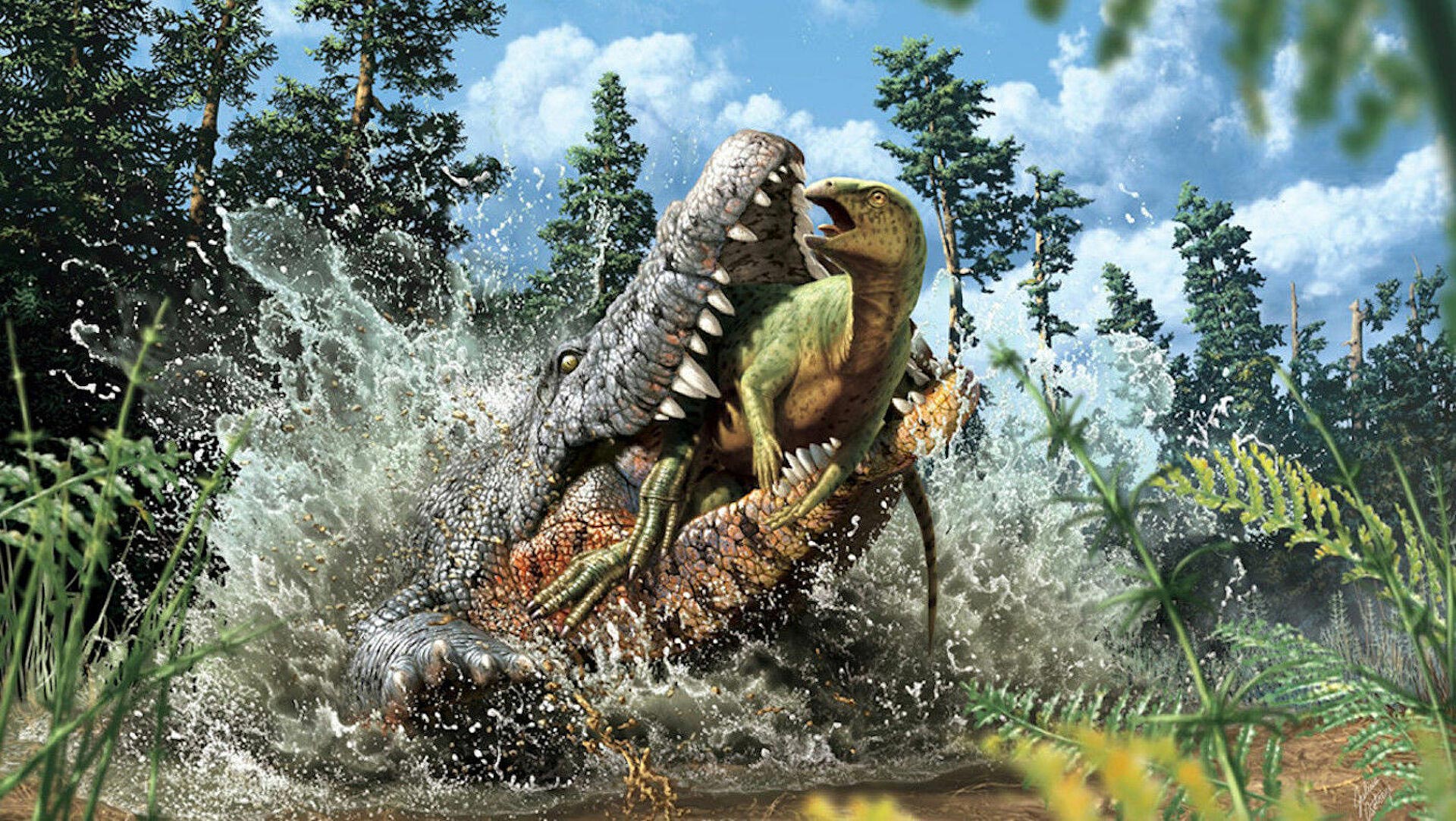The tasks are TROPICS, EMIT, JPSS and SWOT. Each of them offers something unique and adds a new way of understanding and protecting our home

Outer space is a great place to go if you want to explore The earth. Although space-looking spacecraft like Hubble and the highly anticipated James Webb Space Telescope get the most public attention – and this is understandable because of the spectacular images of distant astronomical phenomena they send – the vast majority of orbiting satellites actually focus on our home planet. Looking at Earth from space has unique benefits for scientists who hope to measure changes and patterns here on Earth that are not measurable from the ground. In 2022 NASA will launch four new Earth Science missions, each offering something unique and adding a new way to understand and protect our home:
1. Observations in time separation of precipitation structures and strengths of storms using a group of small satellites ( TROPICS )
The first mission is TROPICS, which is not One satellite but a group of six small satellites.These small satellites will jointly study tropical storms.They will perform microwave measurements of these large storms and will be able to observe precipitation levels, temperatures and humidity as they form.Despite the small size of the satellites, TROPICS will have the advantage over satellites Traditional weather is their ability to make measurements more frequently, and this will make it easier to see how storms evolve and change over time.The result will be better models and forecasts when tropical storms occur.
2. Exploration of the sources of mineral dust on earth ( EMIT )
EMIT is not a space tool in its own right but an instrument To be attached to the station H To the International in 2022. Its main purpose is to study dust in the Earth’s atmosphere, dust that the wind collects in arid regions and carries around the world.
3. Common Polar Satellite System ( JPSS )
“Polar” in the name of this assignment does not refer to the object of the study but to the type of route. JPSS is a series of satellites that orbit the Earth from the North Pole to the South, with the Earth rotating below, allowing them to survey the entire Earth, twice a day. These weather satellites will provide data on temperatures in the oceans and atmosphere, as well as information on forest fires and other important weather events.

4. Topography of water and upper seas ( SWOT )
SWOT is a large single satellite designed to measure changes in water level on Earth’s seas, lakes and rivers. It will be the first ever global survey of the world’s surface waters.
The SWOT satellite is connected to a platform at the center of Thales Alenia Space in Cannes Credit: Emmanuel Briot (Wikimedia Commons)
Climate and overuse will contribute to water scarcity in many parts of the world. SWOT will be able to provide researchers with information on the amount of fresh water available, changes in river course with the seasons and changes in sea level. Two different antennas. SWOT is intended for launching a Falcon missile on November 9, 2022.
Lee
- Opinion on the Universe Today website
- BEFORE THE NEXT STORM – Winters are less rainy, but the storms will be more powerful and concentrated What’s next for NASA?
More on the subject on the knowledge site:
New study: The amount of rain will fall by 25% but most of it will fall in storms at intensities not We met Clouds of Fire













